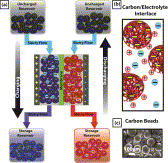
Publication on the electrochemical flow capacitor (EFC) by nanomaterials group of DNI, Drexel University, USA. EFC is a new technology for grid energy storage that is based on the fundamental principles of supercapacitors.
| Rus | Eng |
Electrochimica Acta,Volume 111, 30 November 2013, Pages 888–897
A High Performance Pseudocapacitive Suspension Electrode for the Electrochemical Flow Capacitor
- a A. J. Drexel Nanotechnology Institute, Department of Materials Science and Engineering, Drexel University, Philadelphia, PA 19104, USA
- b Electrochemical Energy Systems Laboratory, Department of Mechanical Engineering and Mechanics, Drexel University, Philadelphia, PA 19104, USA
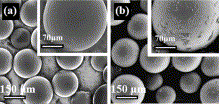 The electrochemical flow capacitor (EFC) is a new technology for grid energy storage that is based on the fundamental principles of supercapacitors. The EFC benefits from the advantages of both supercapacitors and flow batteries in that it is capable of rapid charging/discharging, has a long cycle lifetime, and enables energy storage and power to be decoupled and optimized for the desired application.
The electrochemical flow capacitor (EFC) is a new technology for grid energy storage that is based on the fundamental principles of supercapacitors. The EFC benefits from the advantages of both supercapacitors and flow batteries in that it is capable of rapid charging/discharging, has a long cycle lifetime, and enables energy storage and power to be decoupled and optimized for the desired application.
The unique aspect of the EFC is that it utilizes a flowable carbon-electrolyte suspension (slurry) for capacitive energy storage. Similar to traditional supercapacitor electrodes, this aqueous slurry is limited in terms of energy density, when compared to batteries. To address this limitation, in this study a pseudocapacitive additive has been explored to increase capacitance. 
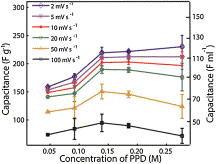 A carbon-electrolyte slurry prepared with p-phenylenediamine (PPD), a redox mediator, shows an increased capacitance on the order of 86% when compared with KOH electrolytes, and a 130% increase when compared to previously reported neutral electrolyte based slurries. The redox-mediated slurry also appears to benefit from a decrease in ohmic resistance with increasing concentrations of PPD, most likely a result of an increase in the ionic diffusion coefficient. Among the tested slurries, a concentration of 0.139 M of PPD in 2 M KOH electrolyte yields the largest capacitance and rate handling performance in both cyclic voltammetry and galvanostatic cycling experiments.
A carbon-electrolyte slurry prepared with p-phenylenediamine (PPD), a redox mediator, shows an increased capacitance on the order of 86% when compared with KOH electrolytes, and a 130% increase when compared to previously reported neutral electrolyte based slurries. The redox-mediated slurry also appears to benefit from a decrease in ohmic resistance with increasing concentrations of PPD, most likely a result of an increase in the ionic diffusion coefficient. Among the tested slurries, a concentration of 0.139 M of PPD in 2 M KOH electrolyte yields the largest capacitance and rate handling performance in both cyclic voltammetry and galvanostatic cycling experiments.
The improved performance is attributed to the addition of quick faradaic reactions at the electrolyte-electrode interface as PPD undergoes a two-proton/two-electron reduction and oxidation reaction during cycling.
Source: www.sciencedirect.com
Related Items: Carbon Materials as a Flowable Electrode in Electrochemical Flow Capacitors



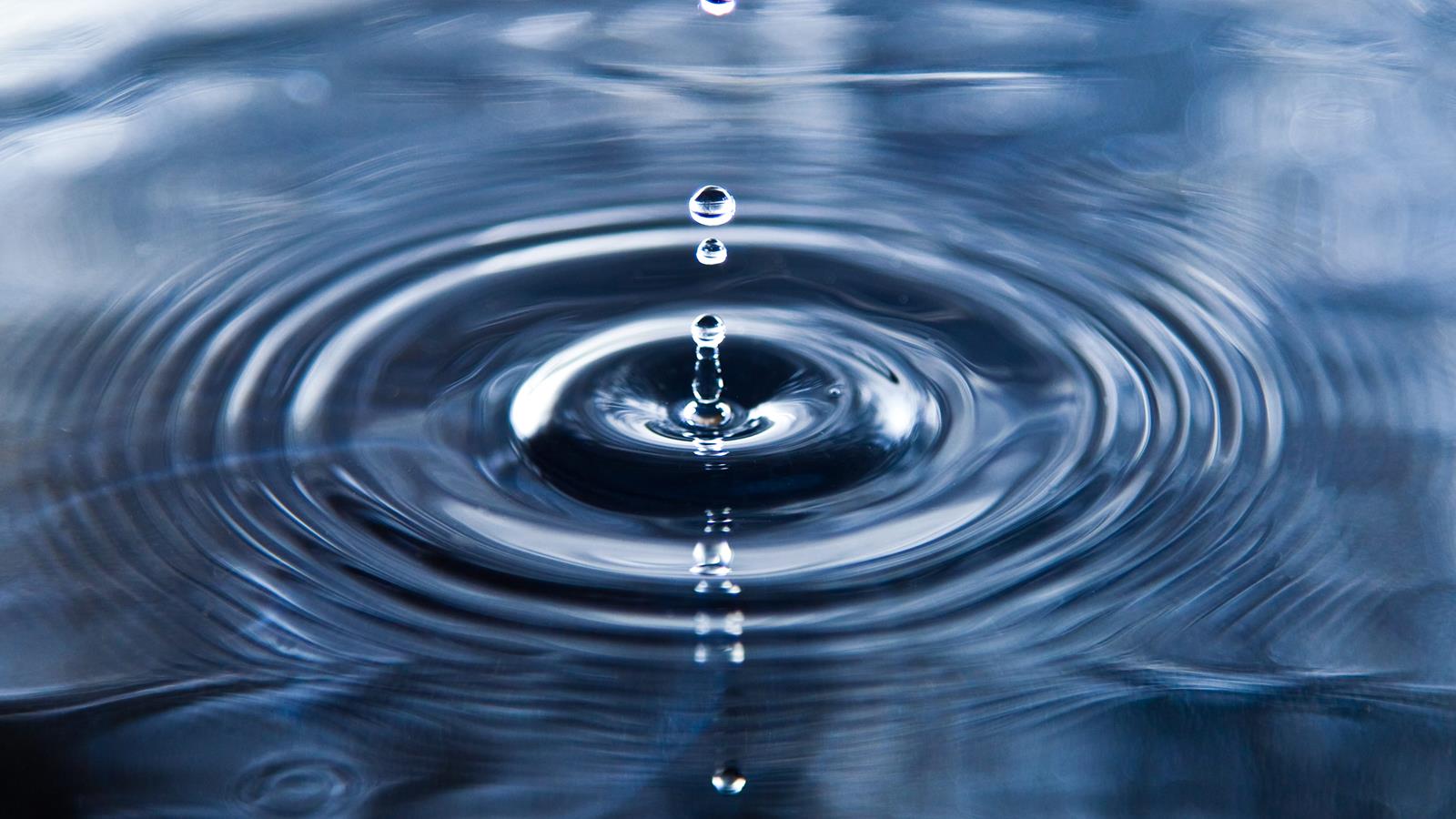
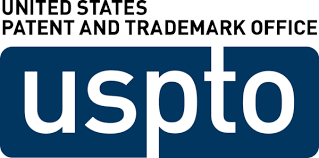 Exellent news, our joint patent application with Drexel University on highly porous MAX phase precursor for MXene synthesis published. Congratulations and thanks to all team involved!
Exellent news, our joint patent application with Drexel University on highly porous MAX phase precursor for MXene synthesis published. Congratulations and thanks to all team involved! Last Call! Have you submitted your abstract for IEEE NAP-2025 yet? Join us at the International Symposium on "The MXene Frontier: Transformative Nanomaterials Shaping the Future" – the largest MXene-focused conference in Europe this year! Final Submission Deadline: May 15, 2025. Don’t miss this exclusive opportunity to showcase your research and engage with world leaders in the MXene field!
Last Call! Have you submitted your abstract for IEEE NAP-2025 yet? Join us at the International Symposium on "The MXene Frontier: Transformative Nanomaterials Shaping the Future" – the largest MXene-focused conference in Europe this year! Final Submission Deadline: May 15, 2025. Don’t miss this exclusive opportunity to showcase your research and engage with world leaders in the MXene field!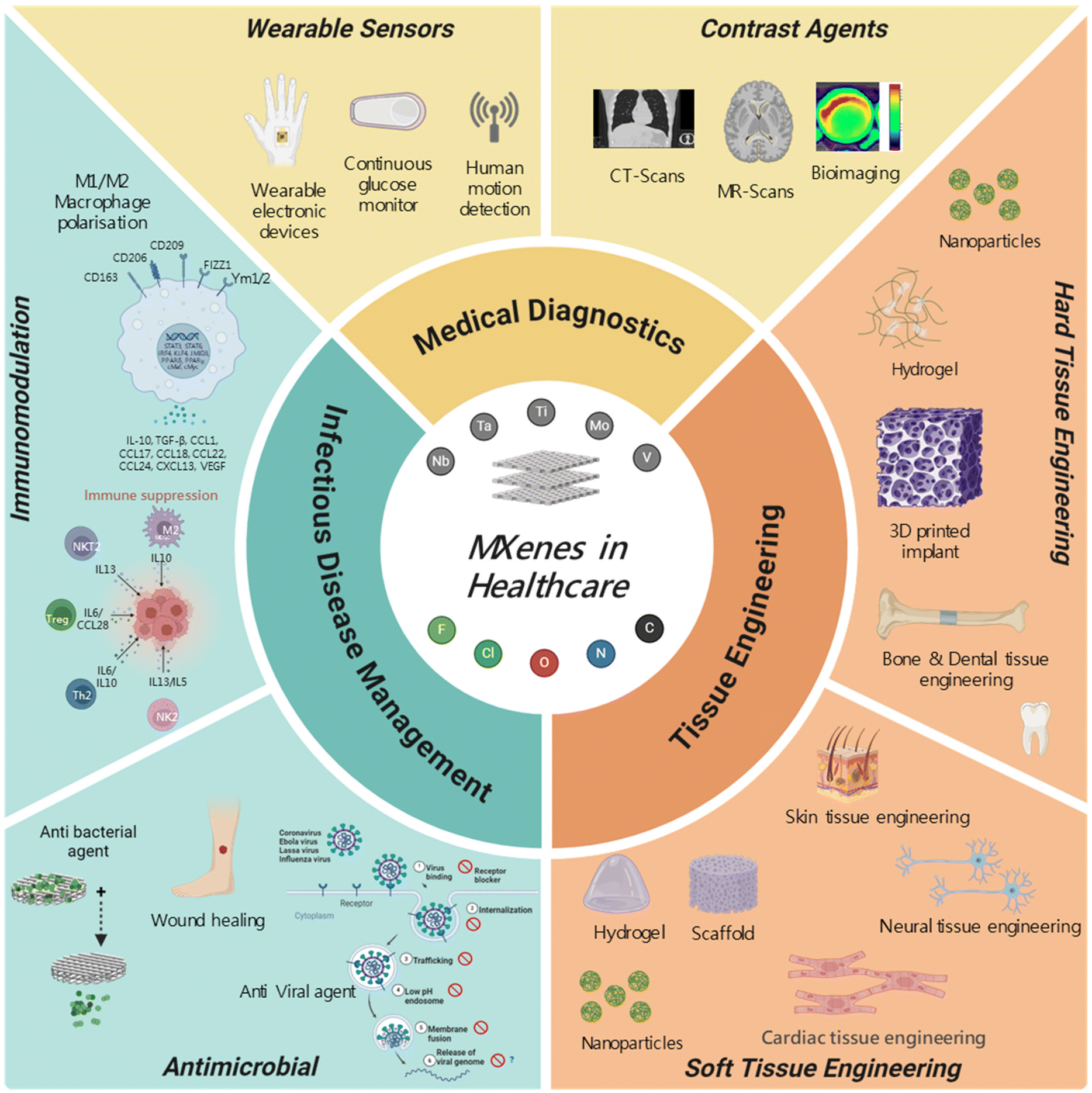 We are excited to announce the publication of latest review article on MXenes in Healthcare. This comprehensive review explores the groundbreaking role of MXenes—an emerging class of 2D materials—in revolutionizing the fields of medical diagnostics and therapeutics. Read the full article here: https://doi.org/10.1039/D4NR04853A.
We are excited to announce the publication of latest review article on MXenes in Healthcare. This comprehensive review explores the groundbreaking role of MXenes—an emerging class of 2D materials—in revolutionizing the fields of medical diagnostics and therapeutics. Read the full article here: https://doi.org/10.1039/D4NR04853A. Congratulations and thank you to our collaborators from TU Wien and CEST for very interesting work and making it published! In this work, an upscalable electrochemical MXene synthesis is presented. Yields of up to 60% electrochemical MXene (EC-MXene) with no byproducts from a single exfoliation cycle are achieved.
Congratulations and thank you to our collaborators from TU Wien and CEST for very interesting work and making it published! In this work, an upscalable electrochemical MXene synthesis is presented. Yields of up to 60% electrochemical MXene (EC-MXene) with no byproducts from a single exfoliation cycle are achieved. Congratulations to all collaborators with this interesting joint work!
Congratulations to all collaborators with this interesting joint work!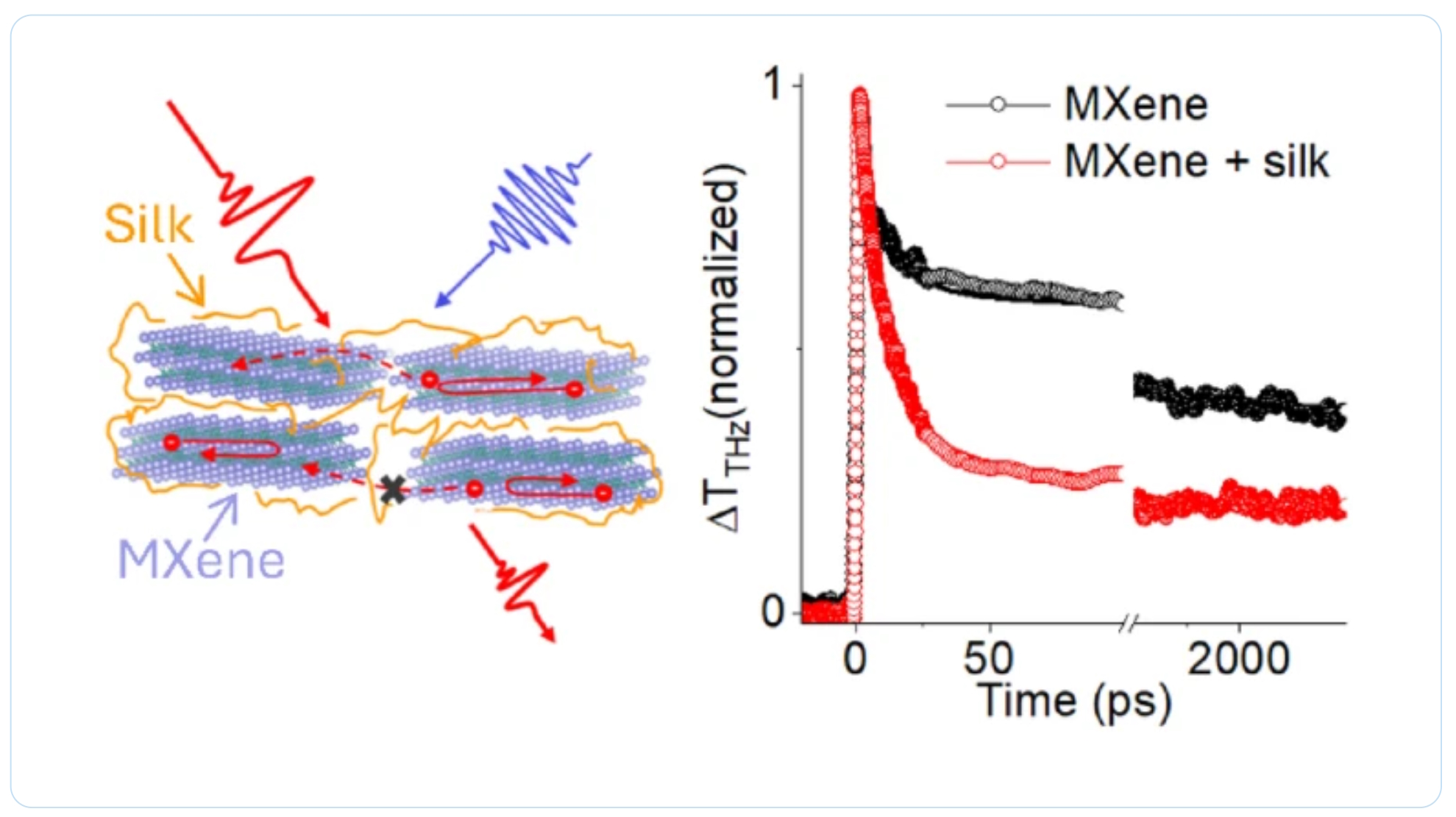 Thank you to our collaborators for the amazing joint work recently published in Graphene and 2D Nanomaterials about MXene–silk fibroin composite films aiming to develop materials with tunable electronic and thermal properties
Thank you to our collaborators for the amazing joint work recently published in Graphene and 2D Nanomaterials about MXene–silk fibroin composite films aiming to develop materials with tunable electronic and thermal properties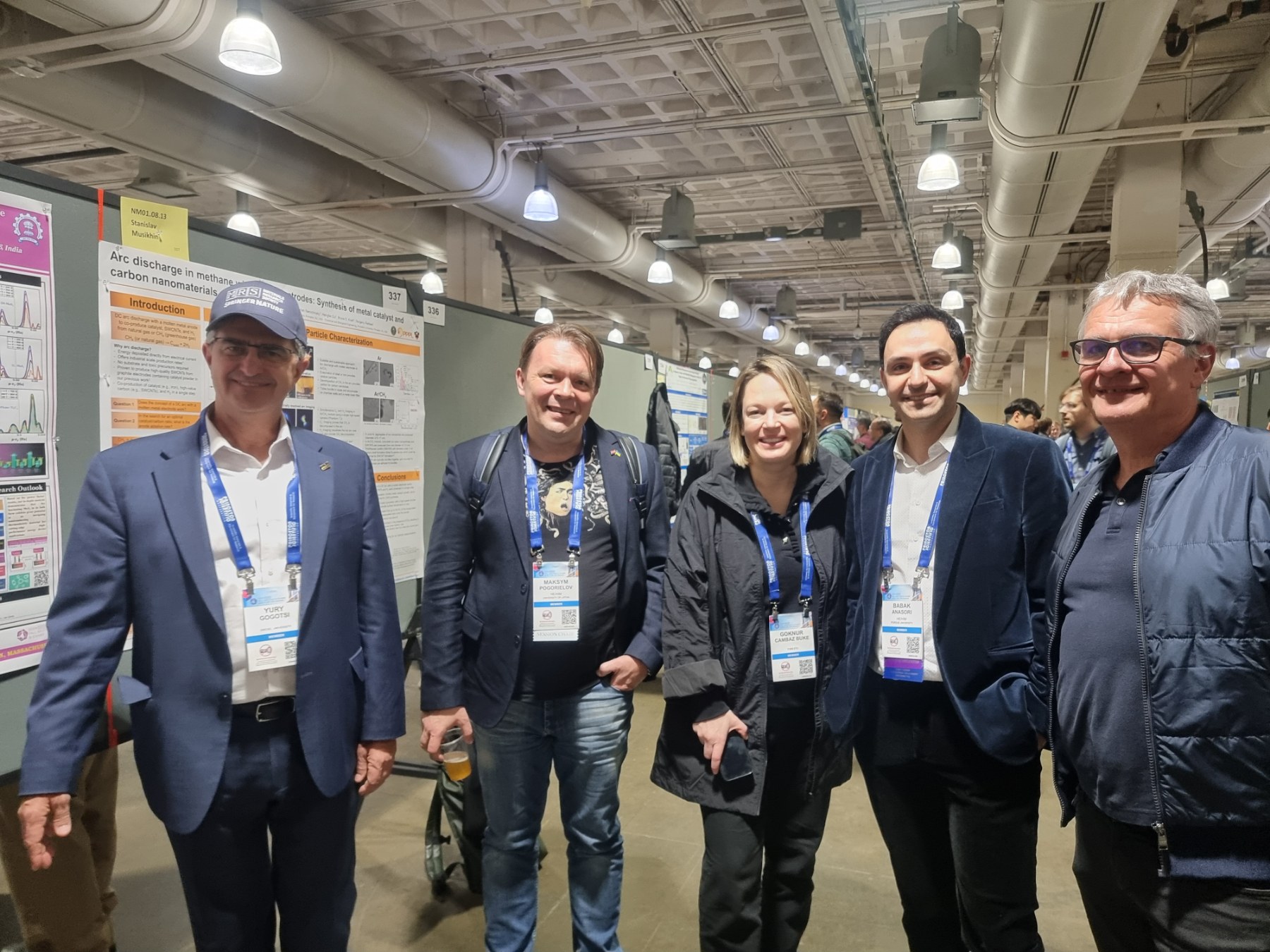 Dr. Oleksiy Gogotsi, director of MRC and Carbon-Ukraine, innovative companies that are among the leaders on the world MXene market, visited 2024 MRS Fall Meeting & Exhibit. together with Dr. Maksym Pogorielov, Head of Advanced Biomaterials and Biophysics Laboratory, University of Latvia.
Dr. Oleksiy Gogotsi, director of MRC and Carbon-Ukraine, innovative companies that are among the leaders on the world MXene market, visited 2024 MRS Fall Meeting & Exhibit. together with Dr. Maksym Pogorielov, Head of Advanced Biomaterials and Biophysics Laboratory, University of Latvia.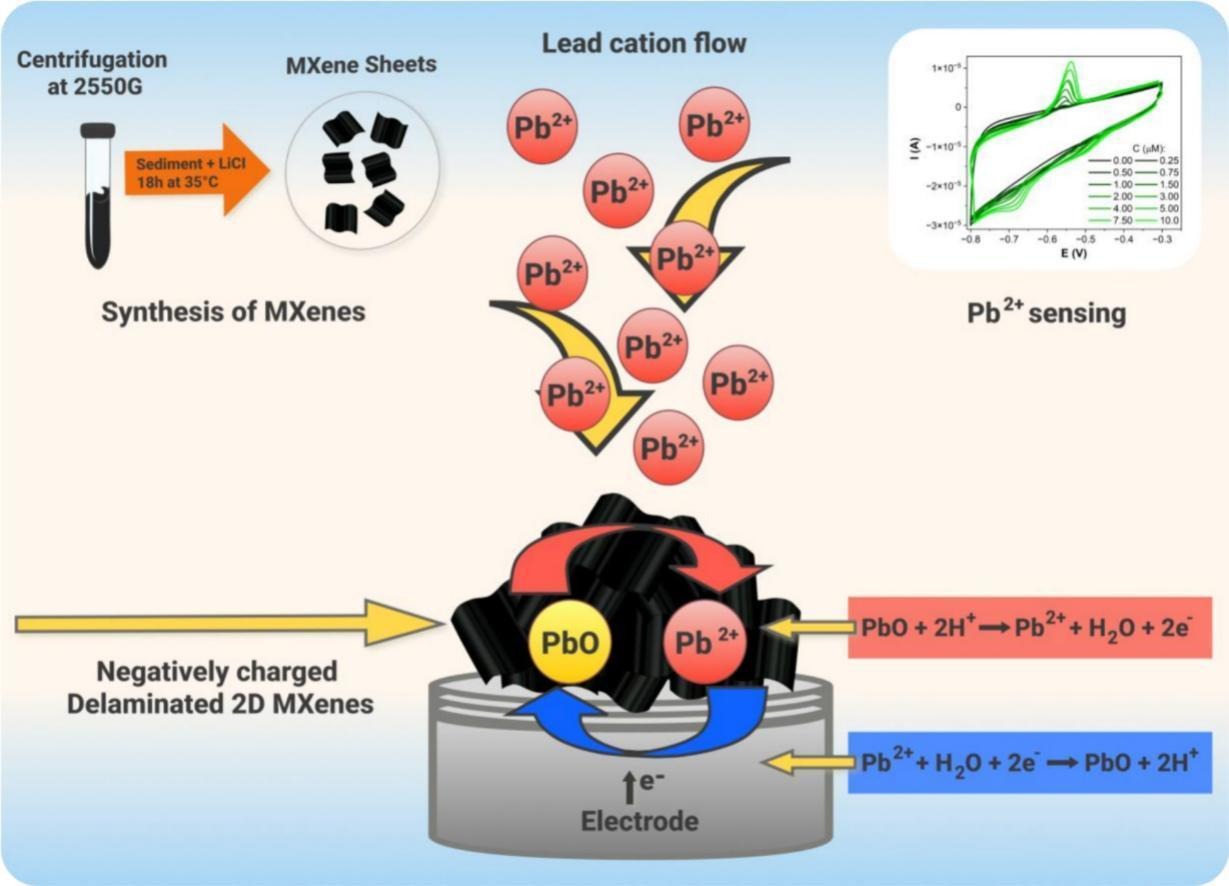
 MRC and Carbon-Ukraine team visited the 3rd International MXene conference held at Drexel University on August 5-8, 2024. Conference brought together the best reserchers and leading experts on MXene field.
MRC and Carbon-Ukraine team visited the 3rd International MXene conference held at Drexel University on August 5-8, 2024. Conference brought together the best reserchers and leading experts on MXene field. 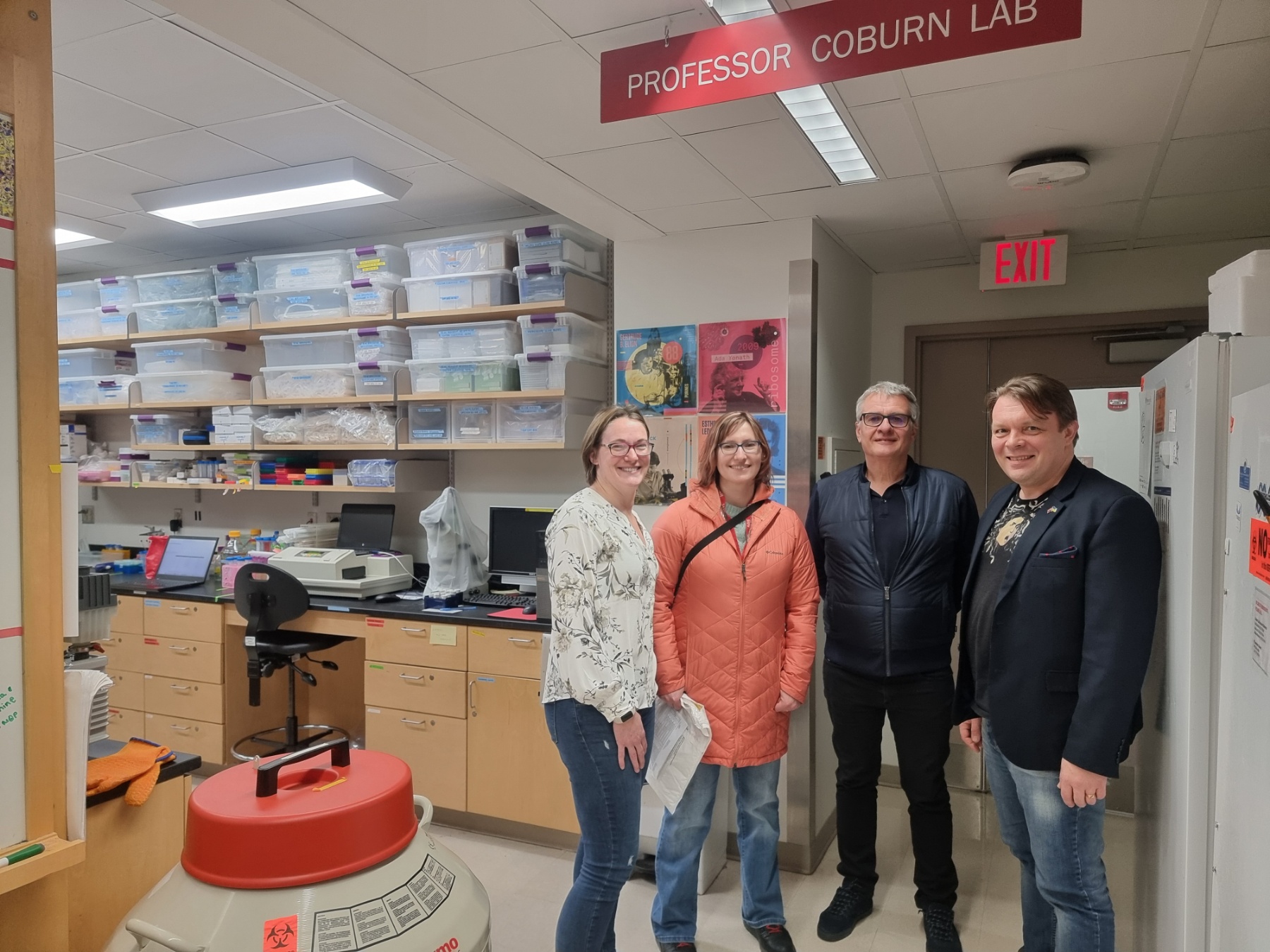
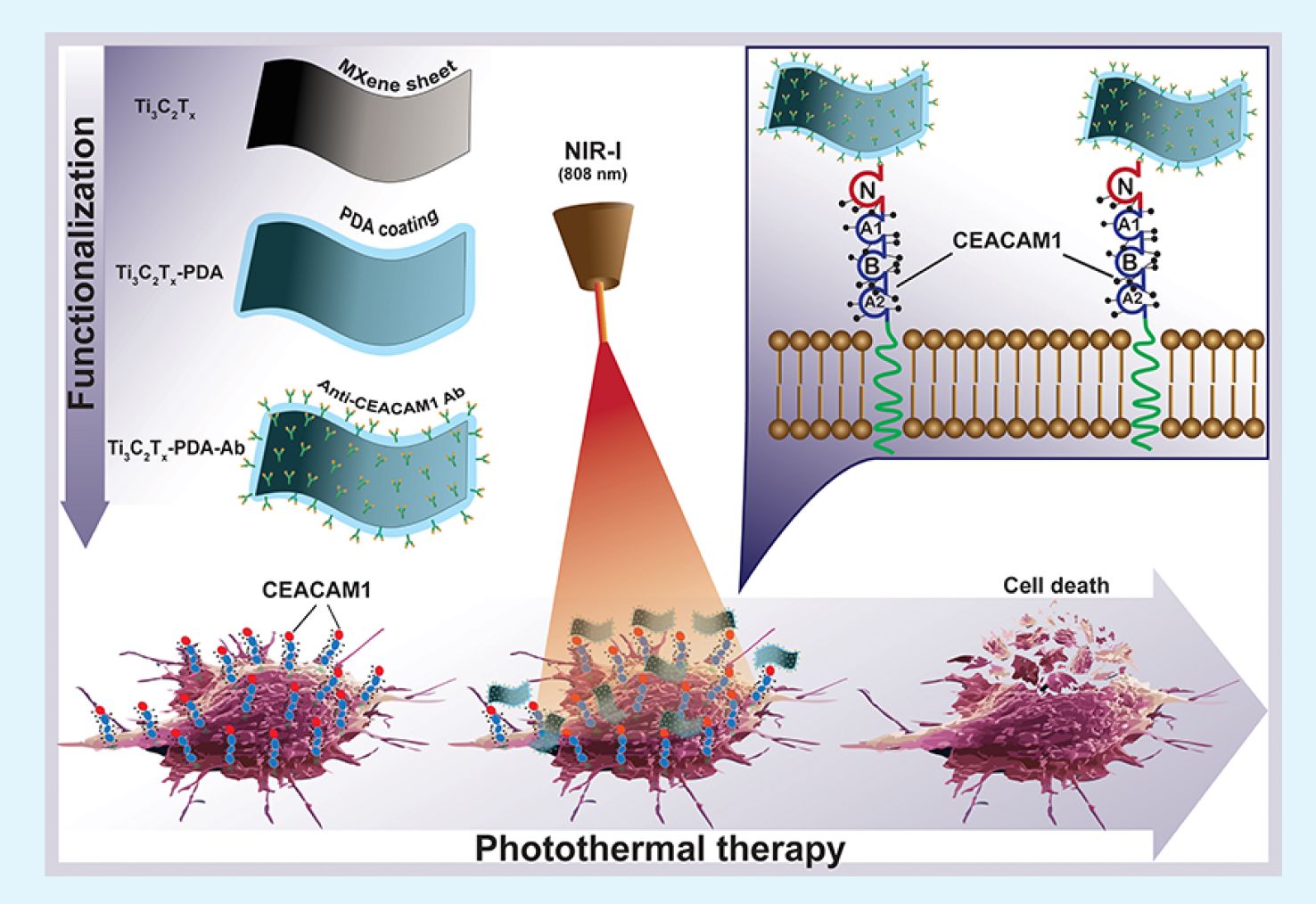 Together with colleagues from the University of Latvia, MRC/Carbone Ukraine, Adam Mickiewicz University, University Clinic Essen, and others, we have developed a novel concept involving the binding of antibodies to MXenes. In our research, we utilized anti-CEACAM1 antibodies to develop targeted photo-thermal therapy for melanoma (in vitro), paving the way for future in vivo studies and clinical trials. For the first time, we demonstrate the feasibility of delivering MXenes specifically targeted to melanoma cells, enabling the effective ablation of cancer cells under near-infrared (NIR) light. This new technique opens up vast potential for the application of MXenes in cancer treatment, diagnostics, drug delivery, and many other medical purposes.
Together with colleagues from the University of Latvia, MRC/Carbone Ukraine, Adam Mickiewicz University, University Clinic Essen, and others, we have developed a novel concept involving the binding of antibodies to MXenes. In our research, we utilized anti-CEACAM1 antibodies to develop targeted photo-thermal therapy for melanoma (in vitro), paving the way for future in vivo studies and clinical trials. For the first time, we demonstrate the feasibility of delivering MXenes specifically targeted to melanoma cells, enabling the effective ablation of cancer cells under near-infrared (NIR) light. This new technique opens up vast potential for the application of MXenes in cancer treatment, diagnostics, drug delivery, and many other medical purposes.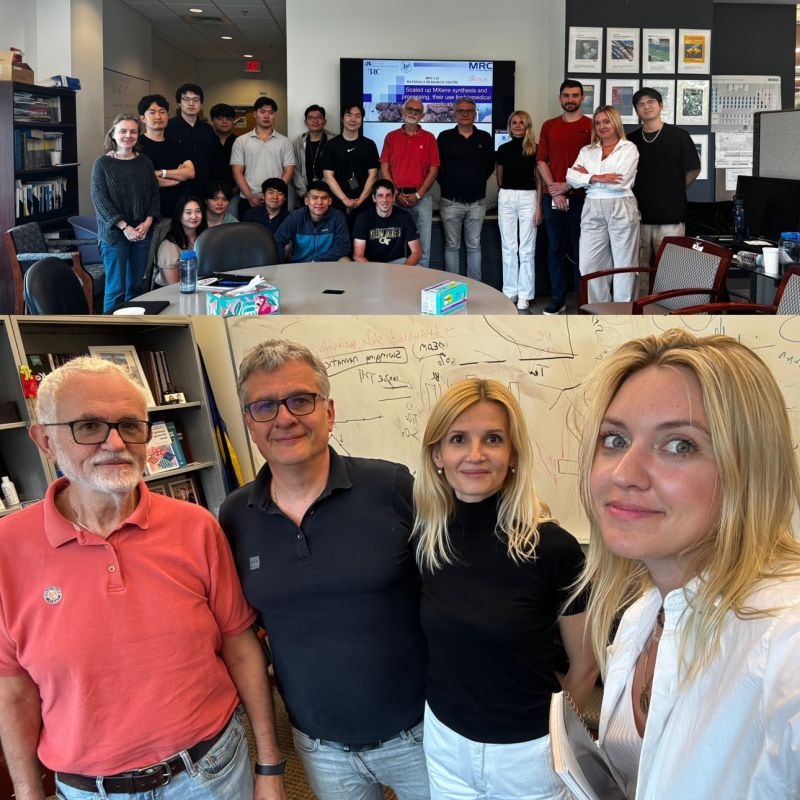

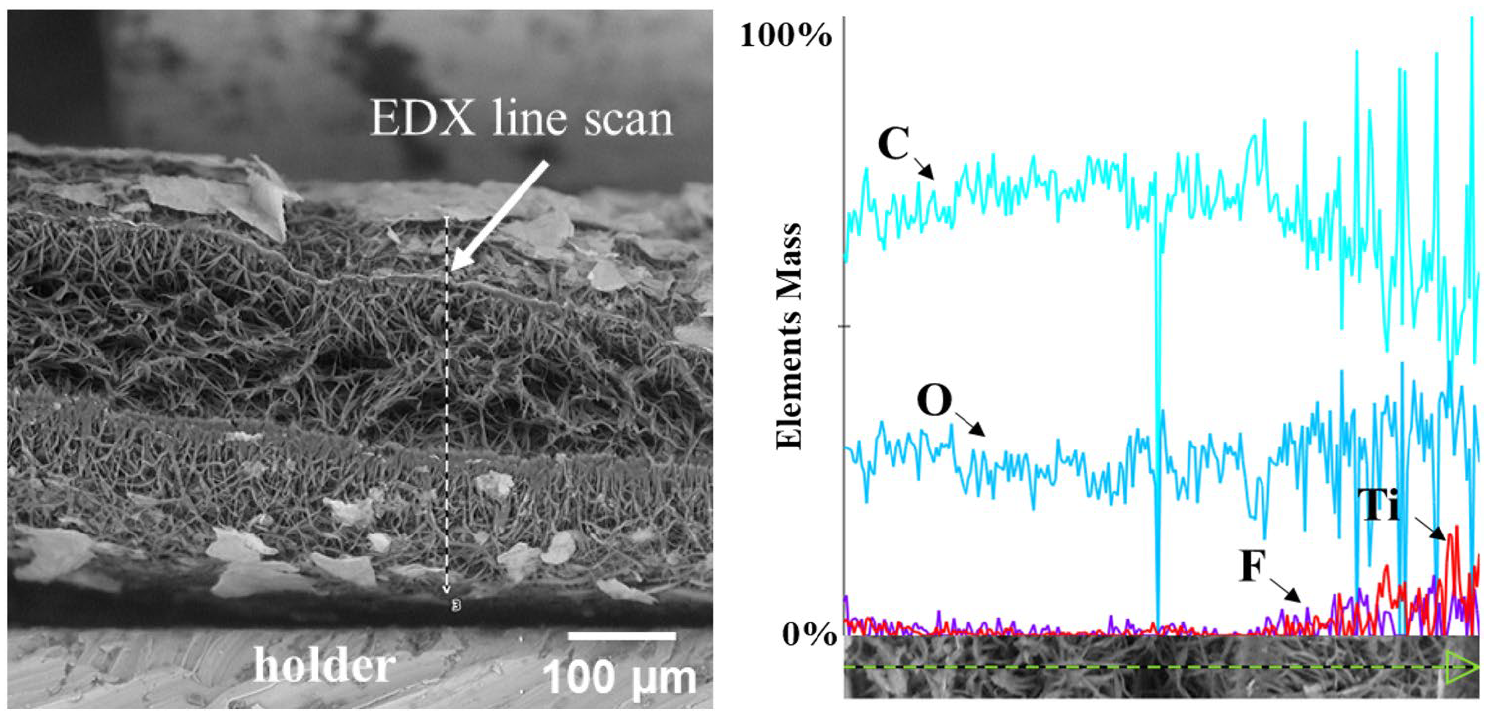 Here we demonstrate a new developed method for depositing Ti3C2Tx MXenes onto hydrophobic electrospun PCL membranes using oxygen plasma treatment. These novel patches hold tremendous potential for providing mechanical support to damaged heart tissue and enabling electrical signal transmission,thereby mimicking the crucial electroconductivity required for normal cardiac function. After a detailed investigation of scaffold-to-cell interplay, including electrical stimulation, novel technology has the potential for clinical application not only for cardiac regeneration, but also as neural and muscular tissue substitutes.
Here we demonstrate a new developed method for depositing Ti3C2Tx MXenes onto hydrophobic electrospun PCL membranes using oxygen plasma treatment. These novel patches hold tremendous potential for providing mechanical support to damaged heart tissue and enabling electrical signal transmission,thereby mimicking the crucial electroconductivity required for normal cardiac function. After a detailed investigation of scaffold-to-cell interplay, including electrical stimulation, novel technology has the potential for clinical application not only for cardiac regeneration, but also as neural and muscular tissue substitutes.